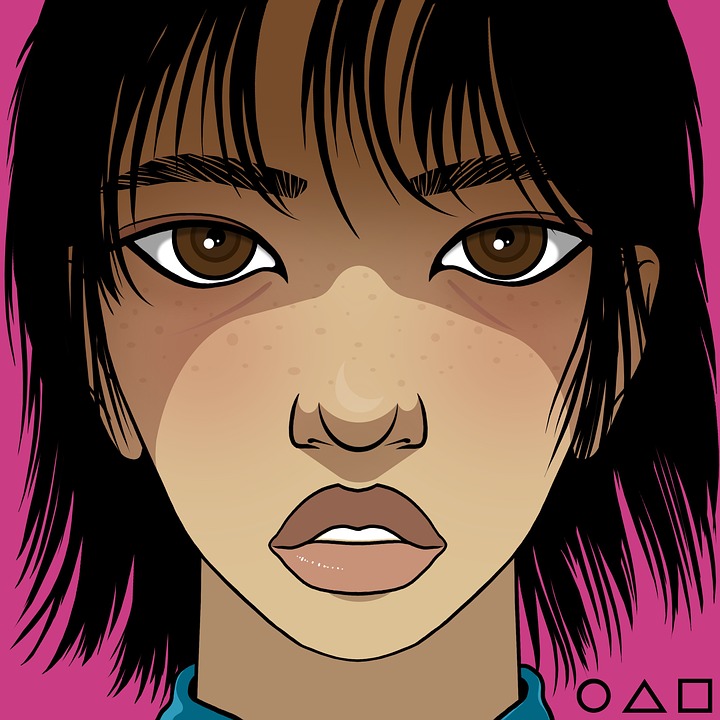Gender Representation in RPG Games: Progress and Challenges
The role of gender representation in RPG games has evolved significantly over the past few decades. As the gaming landscape continues to grow, it reflects changing societal values and the importance of diverse characters. This article explores the progress and ongoing challenges surrounding gender representation in RPGs, shedding light on how the industry can continue to improve.
The Rise of Diversity in RPG Games
A Surging Trend
Reports indicate that approximately 48% of gamers in 2022 identified as female, according to a study by the Entertainment Software Association (ESA). This figure has marked a significant shift from previous years and highlights a growing demand for diverse representation in RPG games. Companies like BioWare and Obsidian have set examples by creating nuanced female characters and inclusive storylines.
Breaking Stereotypes
Historically, RPGs have often leaned on traditional gender stereotypes, with male protagonists dominating the scene. However, many new titles are breaking these long-standing molds. Games like Dragon Age and The Witcher have introduced female leads and strong supporting characters that defy simplistic portrayals. This reflects a broader societal shift toward recognizing and valuing women’s roles in storytelling.
Current Progress in Gender Representation
More Than Just Female Characters
While the addition of female characters is a significant step, real progress in RPGs involves creating multidimensional characters with agency. For instance, Final Fantasy XIV has made strides by including both male and female characters in equal roles, allowing players to explore diverse stories that resonate with a wide audience. This focus on character depth enhances players’ engagement, encouraging newer players to immerse themselves in rich narratives.
Community Influence
The gaming community plays a crucial role in advocating for better representation. Gamers increasingly demand authentic storylines that reflect their experiences. Online platforms, forums, and social media amplify voices calling for change. A notable example is the #HoldTheDoor movement that arose after a controversial death in Game of Thrones, which inspired gamers to discuss character treatment in other media, including RPGs.
Challenges That Remain
Uncomfortable Stereotypes and Misrepresentations
Despite significant progress, numerous challenges still hinder full representation. Many RPGs still rely heavily on stereotypes, often relegating female characters to secondary roles or presenting them in overly sexualized manners. For instance, games like Gamer Girl faced backlash for perpetuating tropes rather than focusing on strong character development.
An Industry Still Struggling for Equality
Statistics reveal that while 47% of gamers are women, only 23% of game developers are female, according to DICE’s Game Developer Survey in 2023. This disparity affects the stories being told and the characters being developed. When a significant portion of the workforce lacks diversity, the narratives often miss the mark on authentic representations of different identities.
Bridging the Gap: What Needs to Happen?
Inclusivity in Game Development
To combat existing challenges, the industry must ensure diverse teams in game development. Encouraging women and underrepresented groups to take active roles behind the scenes will lead to richer storytelling. Developers should focus on inclusive design strategies that put stories and characters at the forefront of the game development process.
Emphasis on Authentic Narratives
Moreover, crafting games that feature narratives focused on female empowerment and diverse gender identities can reshape player experiences. Games like Celeste and Hades have successfully included LGBTQ+ representation in their storylines, proving that audiences crave authenticity.
Player Feedback and Iteration
Feedback from players should be integrated into the development process. Surveys from engaged gaming communities can offer insight into what diverse players wish to see. This could positively influence future RPG titles, ensuring they resonate with a broader audience.
Conclusion: Embracing Change in RPG Games
In summary, while the RPG gaming industry has made notable strides in gender representation, it faces ongoing challenges that must be addressed. The gaming community’s call for authentic representation, along with a commitment to diversity in game development, can help overcome these obstacles.
As players, we can support games that embrace gender diversity and encourage developers to elevate their narratives. For more on this topic, check out our articles on The Impact of Diversity in Gaming and Strong Female Protagonists in RPGs.
For further reading, consider exploring external sources such as The International Game Developers Association for industry insights and trends related to gender representation in gaming.
Images Suggestions
- Image of Diverse Characters in RPG Games
- Alt text: "Diverse characters featured in RPG games enhancing gender representation."
- Image of Female and Male Characters in Roleplaying Scenarios
- Alt text: "A balanced representation of female and male characters in RPG scenarios."
By continuing to address these challenges, the RPG gaming industry can not only celebrate progress but also establish an inclusive environment that resonates with all gamers.


